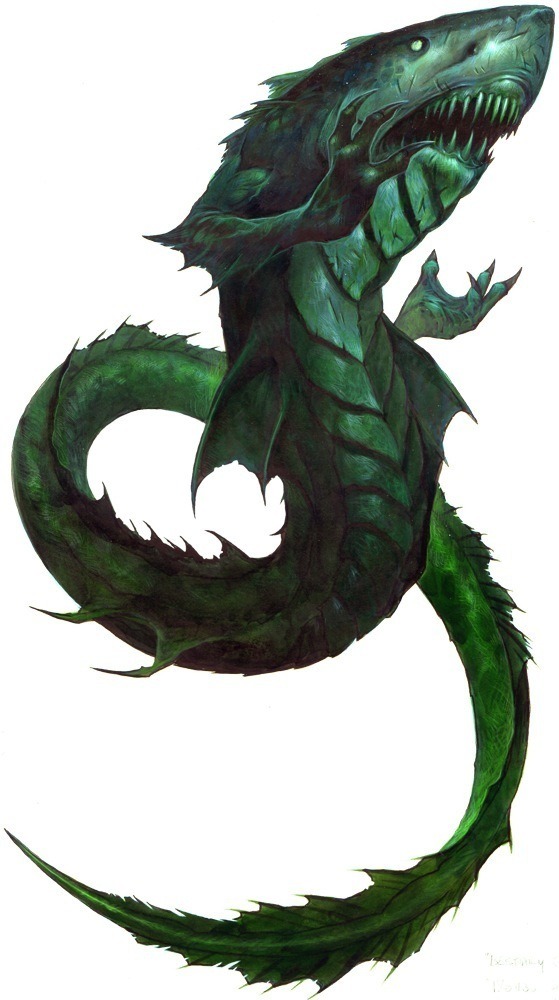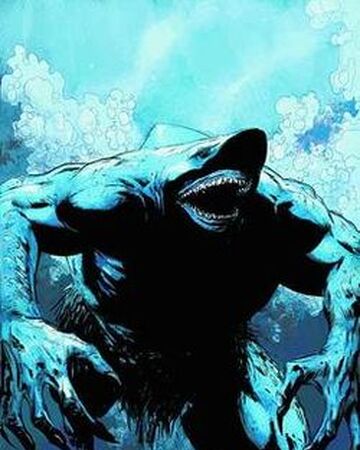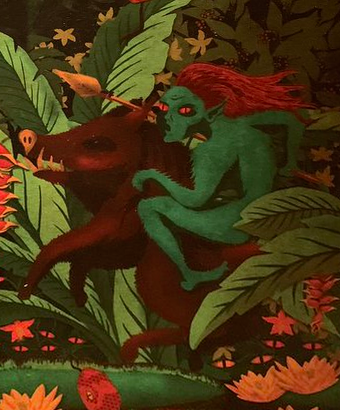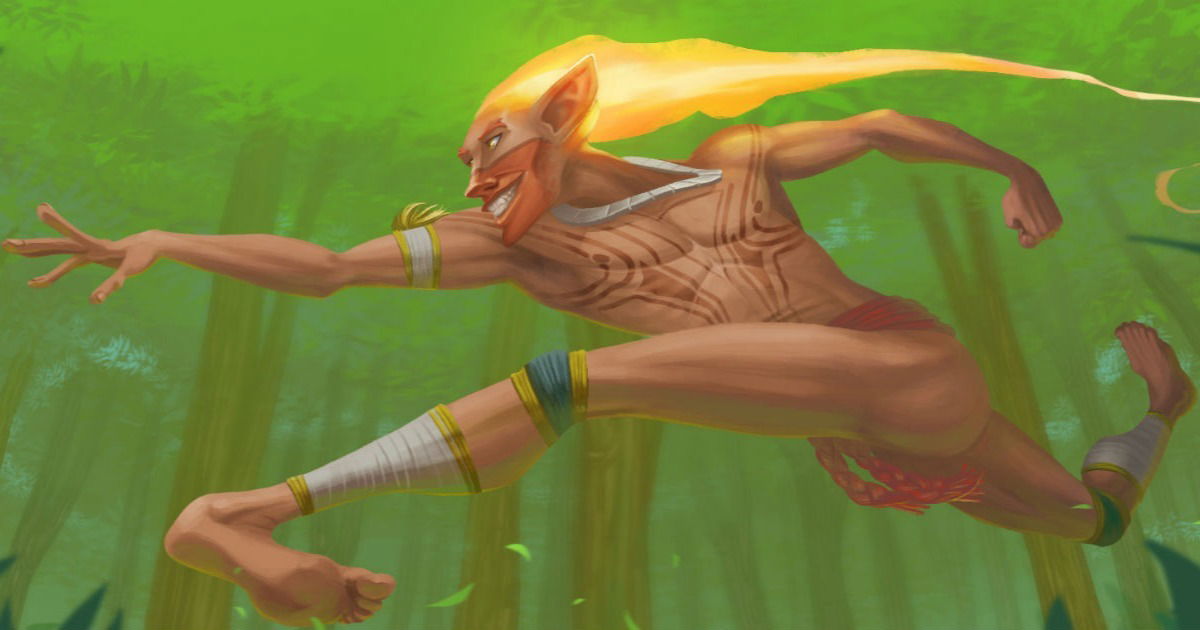Announcements
Welcome to Care of Magical Creatures!
Welcome to Care of Magical Creatures! This is the final year of the course. You can find the first year of the course here. Below you can find links to textbooks, additional pages you may find of interest, and details about when and why the course was last updated.
The Care of Magical Creatures Companion Guide
Care of Magical Creatures Facebook Page
Many artistic depictions of creatures used in this course were created by the DeviantArt user maryquiZe. We recommend checking out her work!
Course Last Updated: November 2021 for Broken Image Fixes and Grammar Corrections
Announcements Last Updated: October 2021
Lesson 8) The Unconventional Guardians
The Unconventional Guardians
Welcome back, everyone, to your second-to-last Care of Magical Creatures class. I must say, I was a little sad preparing today’s lesson, as it means my time with you is almost over. I’ve enjoyed every minute of it, and I hope you have too. But, I better stop myself before I get too emotional, as there’s no need for that today. Let’s move on to what we’re all here for: the creatures. Today we are discussing two different creatures that have a similar purpose, though they go about it in different ways. Now, that is all I will tell you, so sit back and get ready to listen!
Dukuwaqas: Shapeshifting Guardians
 What Is It?
What Is It?
We'll start with dukuwaqas. Those of you familiar with the Fijian National Quidditch Team may recognize the name, or maybe even the picture, of this creature. The picture provided to the left is only one of three forms this creature takes. You see, the dukuwaqa is a shapeshifter, changing back and forth between a shark form, a human form, and an in between form which usually results in a human with a shark head. This is not to be confused with any type of manual transfiguration or spell, or an Animagus. This creature is not human, though they may often appear as such.
This creature, in shark form, averages between twelve and fourteen feet long. The color of shark may vary, but blues, greens, and greys are most common. These colors can aid in distinguishing between a mundane shark and a dukuwaqa. While blues or greys are common colors for mundane sharks, green certainly isn’t. Additionally, they have a much longer tail than a mundane shark, something more like an eel than a true shark tail. In human form, they resemble a muscular adult man with dark hair and eyes and a tan skin tone, usually standing between 70 and 72 inches tall.
Dukuwaqas are native to the waters surrounding Fiji. This means they are commonly found in the southern Pacific Ocean. They tend to stay close to the islands, typically venturing no more than fifty miles off the shores. There is a specific reason for this. Dukuwaqas have a single purpose in life: to guard the Fijian fishermen, protecting them from any dangers posed by the sea. This could be as simple as redirecting a boat that was about to crash into a large rock, to circling around fishermen in the water to ensure they weren’t attacked by another shark or sea creature. With this in mind, it makes sense that the Fijian National Quidditch Team would choose this creature as their mascot. What creature better to represent their country than the creature that keeps their fishermen alive and well?
Wait, But Isn’t That Like The…?
I know what some of you may be thinking. This isn’t the first shapeshifter we’ve discussed in this course. During Year Five, we discussed kelpies, a shapeshifting creature that commonly takes the form of a horse, and is known for luring humans to their deaths. However, the dukuwaqa doesn't lure people to their deaths. This goes against their main duty in life. Even people that might hurt the fishermen aren’t attacked, per se, but their boat might have a chunk taken out of it next time it hits the water.
Though carnivorous like the kelpie, the dukuwaqa prefers to eat fish rather than humans. A variety of different species of fish are found in these waters, like tuna, barracuda, and mackerel. Dukuwaqas have no preference, simply eating whatever fish they can catch. However, these creatures only eat in their shark form, as it’s not common human practice to swallow a fish whole. Additionally, these creatures also spend around 85% of their time in shark form, so it makes sense that this is the form they eat in.
Dukuwaqa or Dakuwaqa?
The dukuwaqa is also featured in Muggle mythology. Called Dakuwaqa or Dakuwanga, he is believed to be a shark god that protects fishermen from the water’s evil inhabitants. The Muggle interpretation isn’t too far off from the real thing. However, their version wasn’t always a protector. He once tried to attack Kadavu, one of the larger Fijian islands. He attempted to take a river towards the center of the island, where he would then launch his attack, but was stopped by an octopus goddess. She challenged him, and eventually defeated him, using her tentacles to pull out all of his teeth. Lucky for him, sharks are constantly growing new teeth. In losing the battle though, Dakuwaqa had to promise this goddess he would never attempt to attack this island, or any other island, again. When he made that promise, he became the protector of the island, though his protection is thought to include all of the Fijian islands, not just Kadavu.
 The Fijians see Dakuwaqa as strong and stubborn, as a god who has never lost any battles, despite having lost a battle (how ironic). Muggle fishermen channel his strength during tough fishing seasons or when horrible storms torment the islands. When they have low yields, they call to him for richer seas. He is a massive part of their life.
The Fijians see Dakuwaqa as strong and stubborn, as a god who has never lost any battles, despite having lost a battle (how ironic). Muggle fishermen channel his strength during tough fishing seasons or when horrible storms torment the islands. When they have low yields, they call to him for richer seas. He is a massive part of their life.
Additionally, the Dakuwaqa of myth can shift into anything it chooses, with its chosen form being a muscular human that has the torso of a shark. One of the perks of being a god, I’m told. This is different from the dukuwaqa, which can only do shark, human, and the inbetween form. Additionally, you may have noticed I have referred to the Dakuwaqa as a singular form. In Fijian mythology, there is only one shark-god, whereas there is more than one dukuwaqa that makes up the magical species.
Now, I’m sure this must have crossed your mind at some point throughout this lesson: the dukuwaqa aren’t only protecting wizards. The majority of fishermen are Muggles, so that causes many wizards to ask why a magical creature is protecting Muggles over wizarding kind. We have the Muggle history, which depicts the creature as a single god, but what about wizarding history?
Green sharks have been noted around the island for hundreds of years, but it wasn’t until in the late 1800s that it was determined they were magical. Kelani Qarase, a young witch, watched as one of the sharks transitioned into a man and walked on land. She told her father, who immediately took it to the local government. Though the wizarding world now knew about the creatures, and began to study and notice what they did for local fishermen, it was still unclear why. Unfortunately, this is the only history we have about the creatures. In human form, they won’t speak, though not for lack of effort on our part.
There is a growing effort within the Department for the Regulation and Control of Magical Creatures to create a liaison of sorts, not just for dukuwaqas but for all international magical creatures presently unclassified by the department. It would be the job of these liaisons to attempt to develop lines of communication with creatures that warrant it. The dukuwaqa would be one of those. This may be how the department gains important historical information on beings and spirits, or any creatures that we have the potential to actually communicate with.
What Would Their Classification Be?
Dukuwaqas are not currently classified by the British Ministry of Magic. I’m going to be completely honest: I don’t know why. I know that when I was working full time with the department that a proposal was submitted, but I don’t know what came of it. Those kinds of things do take time to process, so we can assume it is still under review. Until then, we shall speculate wildly over what their classification might be.
It is very likely that they would be classified as beings. They have an understanding of what is right and wrong, meaning even though they don’t verbally communicate with humans, they do have the potential to contribute to wizarding law, should they want that right. Dukuwaqas have the ability to think before acting and to assess a situation; they don’t just attack people willy nilly, like other creatures we have covered. They actively make decisions to protect themselves and the people they are meant to protect, which is more than we can say about many of the creatures we’ve covered this year. With these factors in mind, it makes sense that the Ministry of Magic would classify them as beings. Until a final decision is made by the Ministry, what I’ve provided for you today is the only concrete information we have.
Caiporas: Playful Guardians
 Kind of Two Left Feet
Kind of Two Left Feet
The last creature I have for you is the caipora. Native to Brazil, these creatures are humanoid spirit-beings, as classified by the Brazilian Ministry of Magic. This is actually the first time we have covered any creature that would fall into a spirit-beings classification. Caipora actually fit most of the criteria to be classified as a being, as defined by the British Ministry of Magic, however, they are considered far too mischievous to contribute to magical law by Brazilian wizards. However, they also have characteristics of a spirit, which we will discuss a bit later, so the Brazilian Ministry of Magic designated a new category for them.
Caipora are known to be quite obnoxious creatures, but they are useful nonetheless. The magic they possess is unique in its own way. This makes them rather popular when it comes to certain materials. For ages, their lovely scarlet hair has been used as wand cores. Wands with caipora hair cast excellent vanishing spells, for example. This is often thought to be because the caipora have the power of invisibility, which comes in handy for them after pulling vile pranks on innocent witches and wizards. It certainly must be nice to be able to vanish at will like that!
Caipora have standard humanoid bodies, with two arms and legs. However, there are certain things that set them apart from humans. For example, they have easily recognizable mossy green fur. This isn’t standard in humans, at least the ones I’ve seen. Secondly, if you notice their feet in the picture to your left, you will see that they are actually turned backwards. Third, they are pretty small, with fully grown adults reaching about three feet tall. They also have vivid red eyes and hair.
Some of you may notice right away, if you are familiar with other South American magical creatures, that the caipora seem rather close in comparison to a creature known as the curupira. If the curupira sound familiar to you, it may be because they are most commonly recognized as Brazil's National Quidditch Team mascot. The curupira are also obviously Brazilian natives, and live in the forests amongst the caipora. It should come as no surprise that the two are actually closely related (the backwards feet are a dead giveaway, honestly). The major characteristic that sets them apart is that the curupira is not covered in green fur, but actually has a human-like skin tone. Curupira are also not mischievous at all. Think of them as if they were the caipora’s mature cousin. I’ve provided a picture for you below so you can compare the two.

The Poltergeist’s Amazonian Rivals
As I mentioned earlier, caipora are native to Brazil. In fact, they are most commonly found in the Amazon rainforest. Mischievous as they may be, they're surprisingly quite noble when it comes to their home. The Amazon rainforest is actually the hiding spot of Castelobruxo, the esteemed Brazilian wizarding school. The caipora are notoriously known to protect the school despite their impish behavior. However, they have been known to be disruptive to the Castelobruxo students' learning. I imagine it’s like having a Peeves-inspired army...unfortunately.
In fact, they are more similar to Peeves than many realize. While living, they protect their school from the outside. When dead, they protect their school from within. When a caipora dies, they become a poltergeist of sorts, living as a spirit within the school, causing mischief but also always on the lookout for any trouble. This is why they are called spirit-beings. In life, they are considered beings. In death, they are spirits. But, I know alarm bells are going off. Poltergeists aren’t considered spirits because they were never living. A caipora was once a living being, meaning that it can be considered a spirit, but it behaves more like a poltergeist than a true spirit would.
Life in the Amazon
Caipora are also fairly resourceful, using their habitat to its fullest advantage. They are known to sometimes ride on peccaries, or pig-like mammals, using them to move quickly through the forests and around the school’s perimeter. These wild pigs aren't magical at all, but they make for decent transportation in a pinch. Additionally, the caipora will utilize the vegetation of their environment to fashion weapons, like bows and arrows or spears. These are traits they share with the curupira, who also utilize the pigs for transportation. Like I said, the curupira really is just their mature cousin.
Caipora are herbivores, which is rather lucky for them, as the Amazon rainforest is bountiful with over 40,000 different types of edible plants available, so long as you know where to look. There are the obvious mushrooms and leaves, but the rainforest has so much more to offer when it comes to plants. Caipora specifically enjoy eating Brazilian nuts, cocoa beans, and coconuts, but their favorite foods are actually bananas or mangoes paired with cinnamon. Some caipora will even “claim” a banana tree, making it known that that is the tree they will go to for bananas.
This is the only real form of dominance the species has. Caipora tend to live on their own, but come together as a group when protecting Castelobruxo. It’s easier to ward off attack together than alone. Again, this is something they share with their cousins. However, the two groups won’t come together. The curupira don’t guard Castelobruxo; they guard the entire forest. That’s why they were selected as the National Quidditch Team mascot and not the caipora.
Closing
That's all I have left for you for this lesson. Don't forget your homework; I have a quiz for you today as a bit of a reprieve before your year-long project submission and your N.E.W.T.s. Next time, we will go over everything we have learned this year, so that you can be fully prepared for your final Hogwarts exams. So exciting! As always, if you have any questions about the lesson or assignments, please feel free to contact me or my wonderful team of PAs. Make sure that you study wisely between now and the next class. You are all dismissed!
Lesson content written by Professor Elizabeth Anne and former professor Aurelia Cattercorn
All pictures are found using the Google Images search engine, and belong to their owners.
- COMC-601
Enroll


